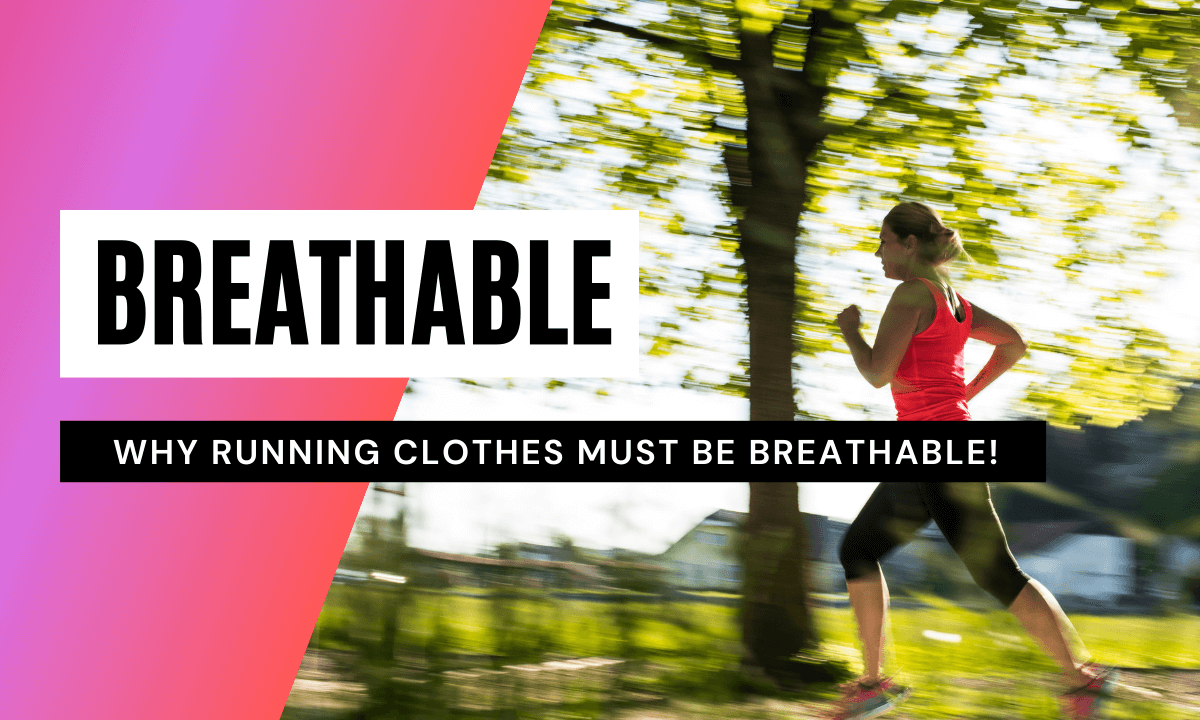Breathable is the term used for running clothing in which the material allows water vapor to pass through and transports moisture away from the body to the outside by balancing the temperature.
High-quality clothing for sports should always be breathable. Among other things, this prevents the clothing from absorbing liquid through sweat.
How is breathability measured?
For this, the water vapor is calculated in grams per square meter within 24 hours. With a value of 5000, 5,000 grams of water vapor can escape through one square meter within 24 hours. One square meter of membrane allows the transport of up to 300 grams per hour. The water vapor permeability (MVTR for short) serves as the basis for this calculation.
The more evaporated water per square meter, the better the breathability of a sports garment.
Also important is the RET value. RET is the abbreviation for "Resistance to Evaporating Heat Transfer." A low value should be achieved in a sports garment, ideally below 10. Bad luck for the customer: This information is usually not publicly stated by the manufacturer or seller.
What fabric is breathable running clothes made of?
There are several options. Polyester and spandex are primarily used. In many garments, one is a combination of these two materials, with polyester or polyamide taking up the significantly larger share. This combination enables effective moisture transport to the outside. The running shirt thus does not stick to the body, even with sweat.
However, this does not mean that there are no limits to breathable running clothing. The warmer the temperatures or the higher the sweat consumption, the lower the effect. Nevertheless, especially at high temperatures, breathable garments are the best choice for sports, as classic cotton shirts soak up the athlete's sweat within a few minutes, while functional shirts can delay this effect for much longer.
The lightweight material also ensures optimized air permeability and, due to its light weight, a lighter running feel.
Long-sleeved sportswear should also be made largely of polyester or polyamide.
Top secret: The most beautiful running shirt in the world
The advantages of breathable running clothes summarized
1) Transport of sweat to the outside
Liquid or sweat is effectively transported to the outside by the fabric. This is extremely useful, especially for tops. This is because, in contrast to cotton clothing, the shirt does not absorb liquid or absorbs it with a significant delay.
2) Reduced risk of chafing
This transport of liquid to the outside has another advantage. This reduces the risk of friction and chafing. This helps enormously, especially during sports activities at high temperatures or very long loads. In marathons, the risk of chafing can be significantly reduced by breathable running shirts.
3) Air permeable
The thin and air-permeable material ensures optimal air transport to the outside. This has a great advantage when running in the summer. Because this can somewhat reduce the "perceived temperature" during sports.
4) Light weight
Breathable functional clothing is significantly lighter than cotton clothing. A value of 150 grams per m² is optimal. This saves some weight while running and provides a lighter running feeling.
5) Long durability
Of course, this depends on the quality of workmanship. But with high-quality workmanship of the seams, breathable functional clothing can be worn for a very long time.
More running: The 25 most beautiful marathons in the world



Kommentar schreiben